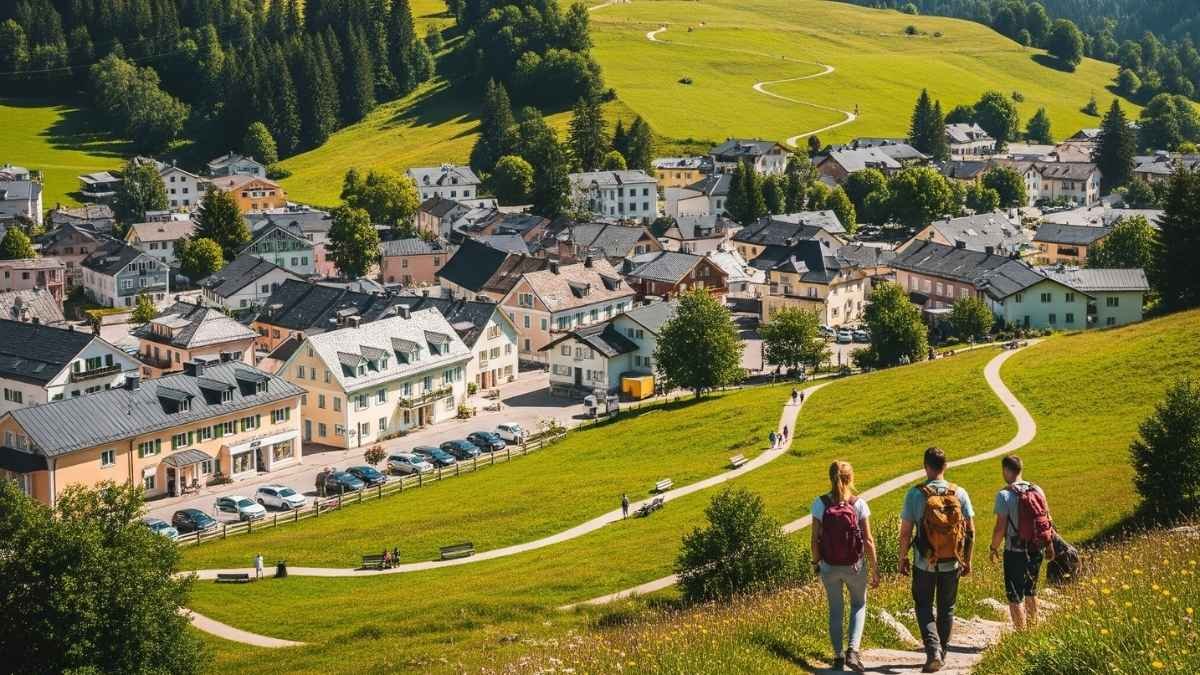
Something quietly powerful about a town where you can lace up your boots at the front door and be on a world-class trail before your coffee cools.
These places aren’t crowded resort hubs or overpriced gateway cities — they’re the kind of towns where rent is still reasonable, strangers still nod on the sidewalk, and nature feels like part of your daily rhythm.
Whether you’re chasing ridgelines, waterfalls, or wild silence, these small towns offer something rare: the chance to live affordably and adventurously. If you’ve ever dreamed of the trail being your backyard, this list might just change everything.
1. Bishop, California
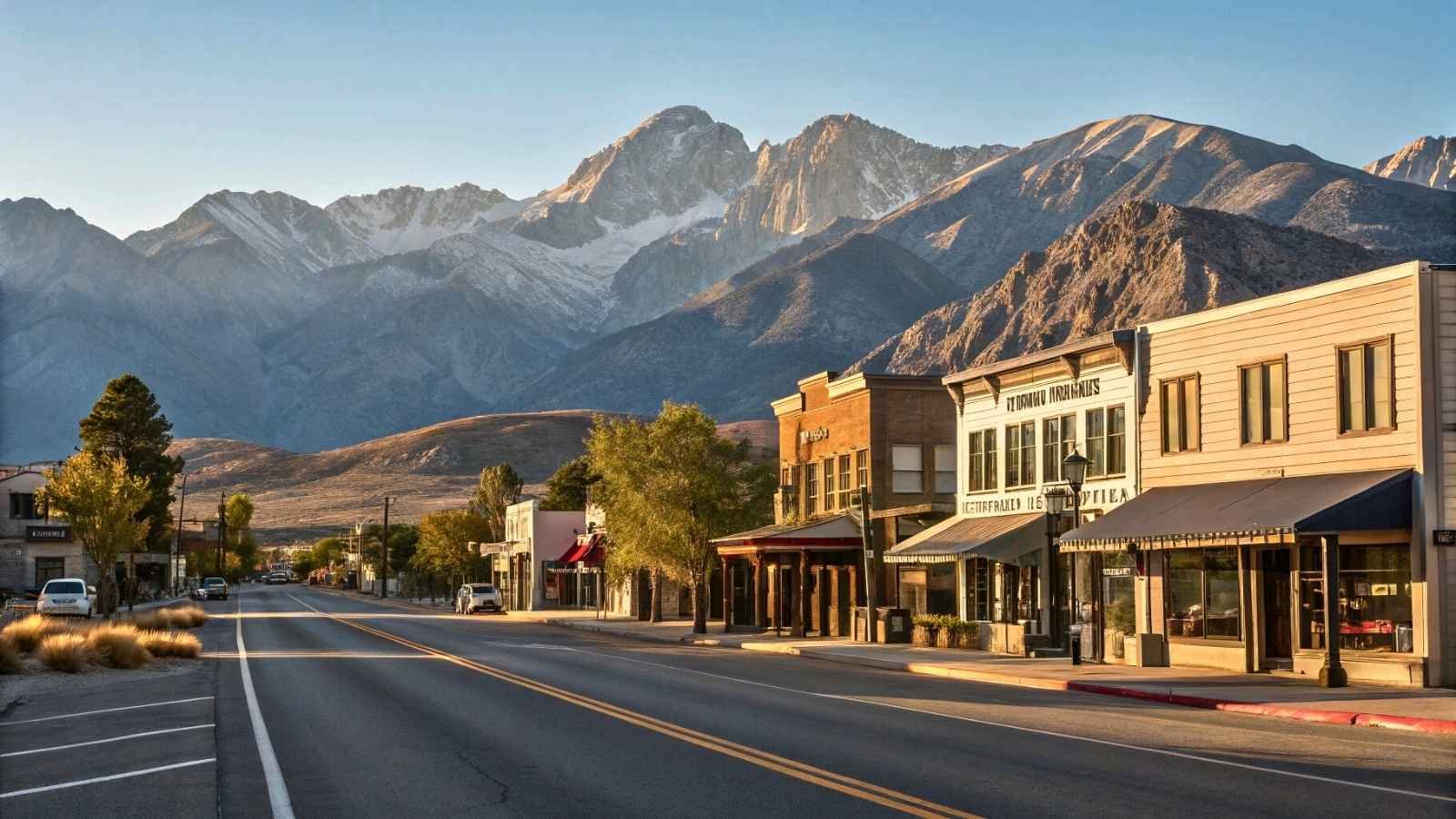
Tucked between the Sierra Nevada and White Mountains, Bishop is a high-desert gem that’s somehow stayed under the radar — despite being an absolute paradise for hikers, climbers, and trail junkies. The Owens River Valley wraps this town in a cradle of granite peaks, while Bishop Creek Canyon, just 20 minutes up the road, opens the door to dozens of alpine lakes, golden aspen groves, and rugged switchbacks into the high country.
You can hit a trail within minutes of town, and you’re never more than a short drive from backcountry adventures. The John Muir Wilderness and Eastern Sierra classics like Piute Pass and Big Pine Lakes are all within easy reach. What makes Bishop stand out isn’t just the trails, though — it’s the sense of space and soul. You get Sierra-level beauty without the tourist mobs.
The town itself is small but not sleepy — it’s got climbing shops, killer bakeries, gear exchanges, and laid-back cafés full of trail runners and mountain folk. Plus, with average rents hovering around $1,200–$1,400/month, it’s way more accessible than its neighbor Mammoth Lakes.
Other info:
- Best Months to Visit: Late May to October (especially September for fall colors)
- Trail Highlights: Big Pine Lakes Trail, Little Lakes Valley, Bishop Pass
- Population: ~3,800
- Elevation: ~4,100 ft
- Vibe: High-desert mountain town with a gritty, adventurous edge
- Nearby National Lands: Inyo National Forest, John Muir Wilderness, Sierra National Forest
2. Buena Vista, Colorado
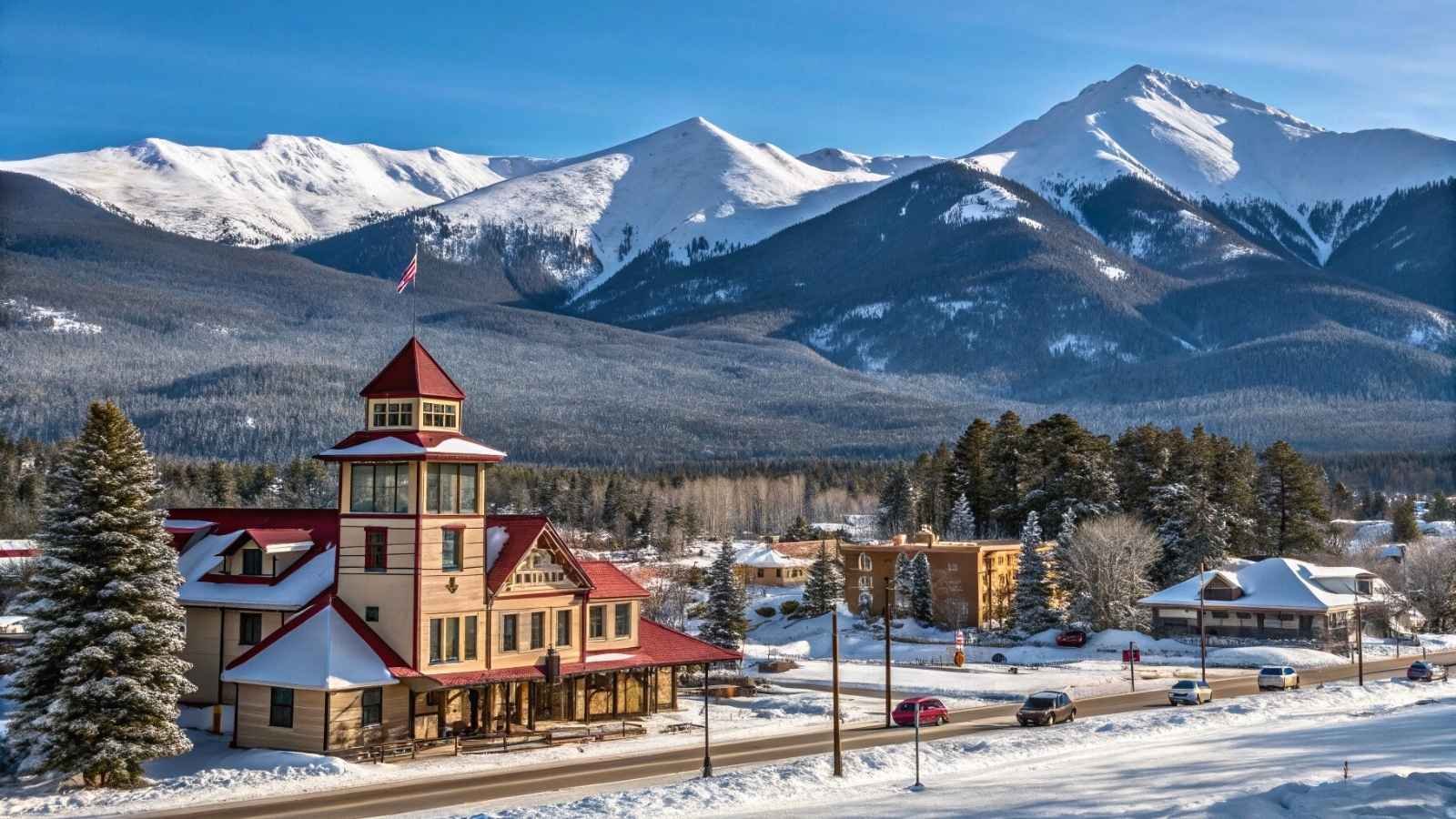
Nestled in the heart of the Collegiate Peaks, Buena Vista (or “BV,” as the locals call it) is a dream for anyone who craves summit-hopping without a long commute to the trailhead. The Sawatch Range towers over town, with multiple 14ers (mountains over 14,000 feet) just a few minutes’ drive away. You can drink your morning coffee while staring down your afternoon summit.
What sets BV apart is the combo of alpine wilderness and riverfront chill — the Arkansas River flows right through town, offering both rafting and riverside hikes. Cottonwood Pass, just up the hill, offers jaw-dropping access to ridgeline trails that stretch into the clouds, no permit lottery required. It’s high altitude, but low pressure.
And while other Colorado towns like Breckenridge or Aspen may charge a premium for the scenery, BV still offers 1-bedroom apartments for around $1,200–$1,400/month — especially if you’re open to cozy cabins or older rentals. It’s the kind of place where you can live affordably and still feel like you’re in a postcard.
Other info:
- Best Months to Visit: June to mid-October
- Trail Highlights: Mt. Yale, Ptarmigan Lake, Cottonwood Pass Trails
- Population: ~2,800
- Elevation: ~8,000 ft
- Vibe: Laid-back mountain community with a bit of river rat energy
- Nearby National Lands: San Isabel National Forest, Collegiate Peaks Wilderness
3. Hood River, Oregon
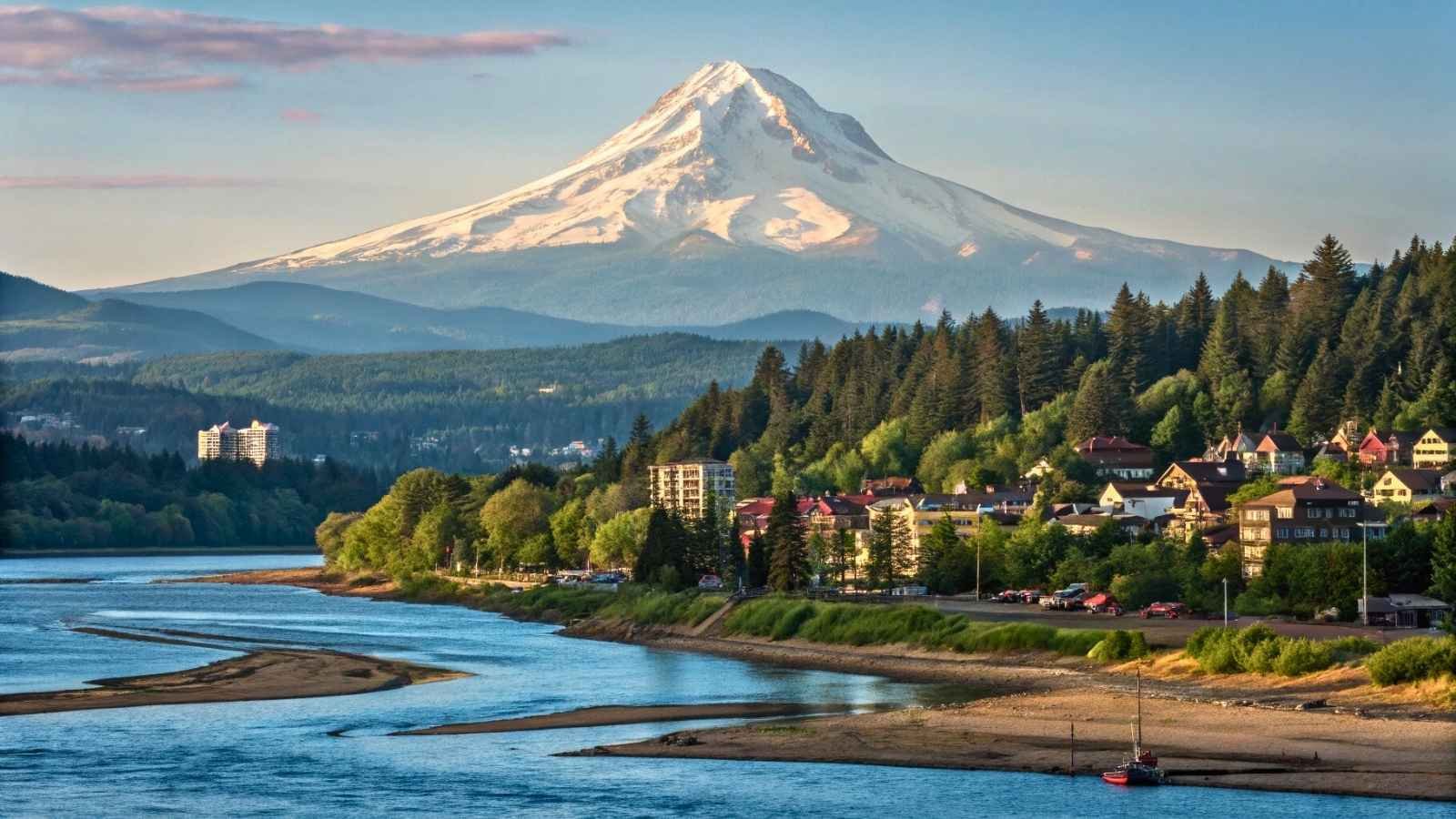
While it’s famous for windsurfing, Hood River’s secret strength is its trail access. Sitting at the junction of the Columbia River Gorge and Mount Hood National Forest, this small Pacific Northwest town punches way above its weight when it comes to hiking. You’ve got waterfalls, alpine ridgelines, and moss-covered canyons — all a stone’s throw away.
You can start your day with a stroll up Indian Creek Trail, walk to coffee, then drive 15 minutes and be on the Tamanawas Falls or Mount Defiance trailheads. And if you’re craving something more rugged? Mount Hood’s Timberline Trail is just under an hour away — but honestly, some of the best hikes are within 10 minutes of town.
What’s surprising is that rents still average around $1,400/month for a small place, especially if you’re just outside city limits. The natural beauty here is downright cinematic, and while the rainy winters aren’t for everyone, the lushness it creates is pure magic for trail lovers.
Other info:
- Best Months to Visit: May through October (July–Sept best for dry trails)
- Trail Highlights: Eagle Creek, Mount Defiance, Dog Mountain
- Population: ~8,300
- Elevation: ~160 ft
- Vibe: Gorge-side hip meets rugged outdoorsy
- Nearby National Lands: Columbia River Gorge National Scenic Area, Mt. Hood National Forest
4. Silver City, New Mexico

Silver City is where southwestern charm meets high-country adventure. Located just outside the Gila Wilderness, it offers a different kind of hiking experience — vast desert mesas, pine-covered mountains, and centuries-old cliff dwellings, all layered in endless light. And here’s the kicker: you can hit a world-class wilderness trail without ever getting in your car.
This is one of the oldest wilderness areas in the U.S., and you feel it — the land here is raw, spiritual, and truly wild. Trails like Little Bear Canyon or the Gila River Trail dip into deep, remote canyons where you may not see another soul all day. Yet Silver City itself has everything you need: a funky downtown, a thriving art scene, and super-affordable rent (you can still find rentals under $1,000 here).
For folks who like their hikes dry, wild, and a little mysterious — but still want a café and co-op within reach — Silver City hits the sweet spot.
Other info:
- Best Months to Visit: March–May, late September–November
- Trail Highlights: Gila River Trail, Little Bear Canyon, The Catwalk
- Population: ~9,500
- Elevation: ~6,000 ft
- Vibe: Artsy desert town with off-grid energy
- Nearby National Lands: Gila National Forest, Gila Wilderness
5. Livingston, Montana

Livingston is the kind of place that quietly gets under your skin. Set at the doorstep of the Absaroka Range and a short hop from Yellowstone National Park, this former railroad town has turned into an outdoor lover’s sanctuary. You can wake up, throw on a flannel, and be climbing into Pine Creek Falls or trekking up Suce Creek Trail before your phone even finds service.
The hiking here leans toward wide open valleys, rugged alpine terrain, and dramatic weather shifts. You’re hiking in Big Sky Country, and that’s not just a tourism slogan — it’s a daily truth. The town is full of trailheads and just far enough from the crowds of Bozeman and Yellowstone that it still feels grounded.
Rents hover just under $1,500/month for one-bedroom homes or older apartments. It’s not the cheapest on this list, but the access to alpine hikes, solitude, and wild rivers gives you way more than your money’s worth. And in town? There’s a thriving local bookstore, breweries, and a sense that everyone here has a trail they love — and wants to share.
Other info:
- Best Months to Visit: June through September
- Trail Highlights: Pine Creek Falls, Suce Creek Trail, Passage Falls
- Population: ~8,400
- Elevation: ~4,500 ft
- Vibe: Quiet, soulful, and wild with a touch of Old West
- Nearby National Lands: Gallatin National Forest, Absaroka-Beartooth Wilderness, Yellowstone National Park
6. Johnson, Vermont

Tucked in Vermont’s Green Mountains, Johnson offers woodsy, misty trails with mossy boulders, quiet lakes, and fiery autumns that look like they came straight out of a folktale. With direct access to the Long Trail, the oldest long-distance trail in the U.S., you can walk from town and disappear into the mountains for days.
The terrain here is classic Northeast: steep, rocky climbs, deep forests, and occasional open summits with views of layered hills rolling toward Canada. Hikes like Sterling Mountain or Prospect Rock are less than 10 minutes from downtown, and the vibe is more back-to-the-land than touristy. There’s also a local arts college that adds a touch of creative energy without inflating prices.
With rentals often available for $1,000–$1,300/month, it’s easy to base yourself in Johnson and feel like you’ve found a portal into a slower, greener world — one where the forest practically presses against your front door.
Other info:
- Best Months to Visit: Late May to mid-October (especially September for fall color)
- Trail Highlights: Long Trail, Prospect Rock, Sterling Pond Trail
- Population: ~3,500
- Elevation: ~860 ft
- Vibe: Forested, artsy, low-key Appalachian town
- Nearby National Lands: Mount Mansfield State Forest, Green Mountain National Forest
7. Spearfish, South Dakota
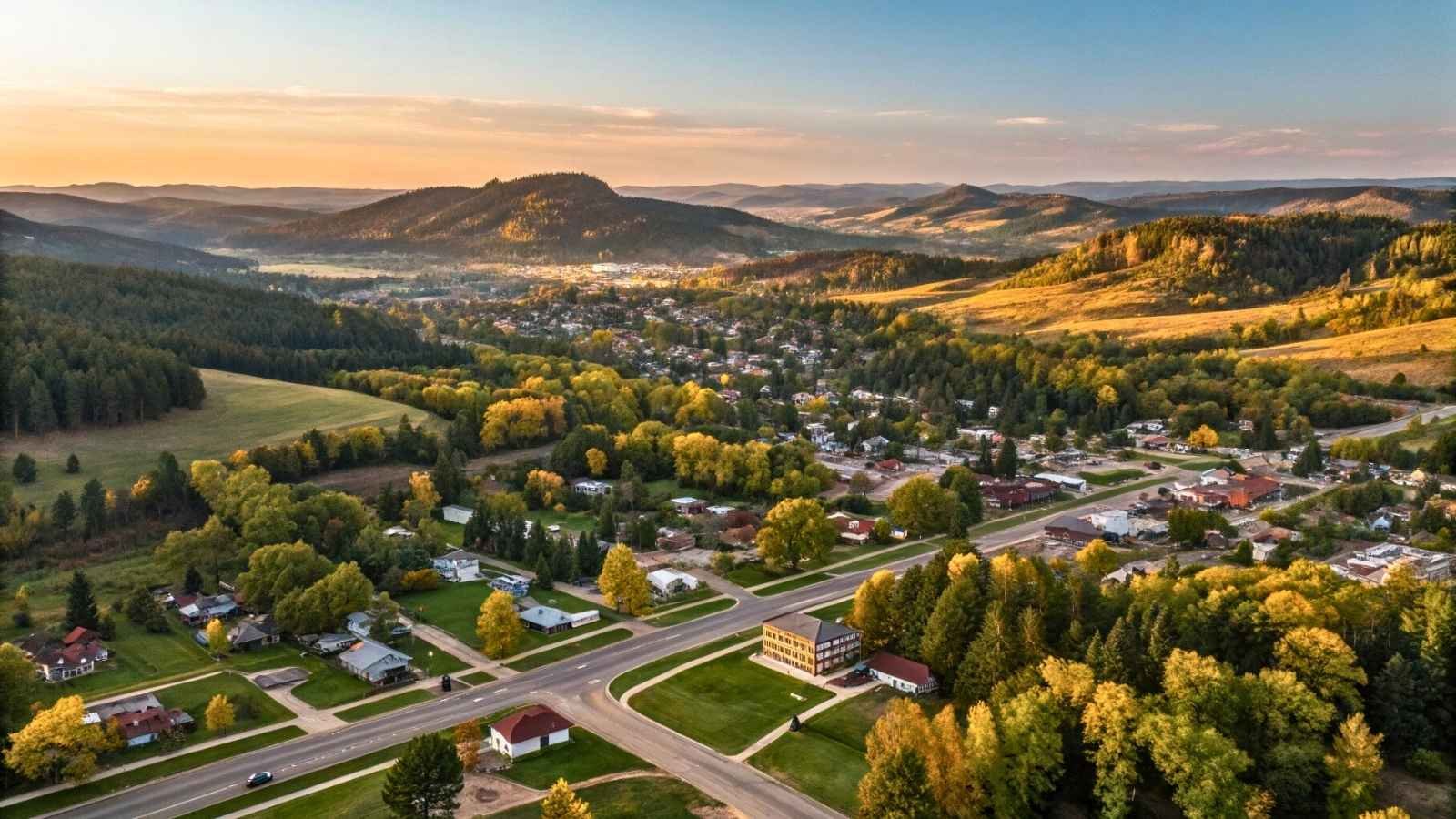
Spearfish may surprise some — tucked at the northern edge of the Black Hills, it’s a small town with a wild side. Spearfish Canyon, just minutes away, offers towering limestone cliffs, waterfall hikes, and pine-scented canyon trails with almost no crowds. The scenery feels like something between the Rockies and the Ozarks — and it’s just as adventurous.
Trails like Roughlock Falls or Lookout Mountain are beloved by locals, while the George S. Mickelson Trail — a 109-mile converted rail trail — starts right in town. Whether you’re into trail running, day hiking, or gravel biking, Spearfish gives you endless terrain, and much of it’s visible from your front porch.
Rent is also incredibly affordable — you can still find one-bedrooms in the $1,000–$1,400 range, and the town feels vibrant thanks to a nearby university and a strong outdoor culture. It’s peaceful, picturesque, and just quirky enough to keep things interesting.
Other info:
- Best Months to Visit: May–October
- Trail Highlights: Roughlock Falls, Lookout Mountain, Iron Creek Trail
- Population: ~12,000
- Elevation: ~3,600 ft
- Vibe: College town meets canyon country
- Nearby National Lands: Black Hills National Forest
8. Lander, Wyoming
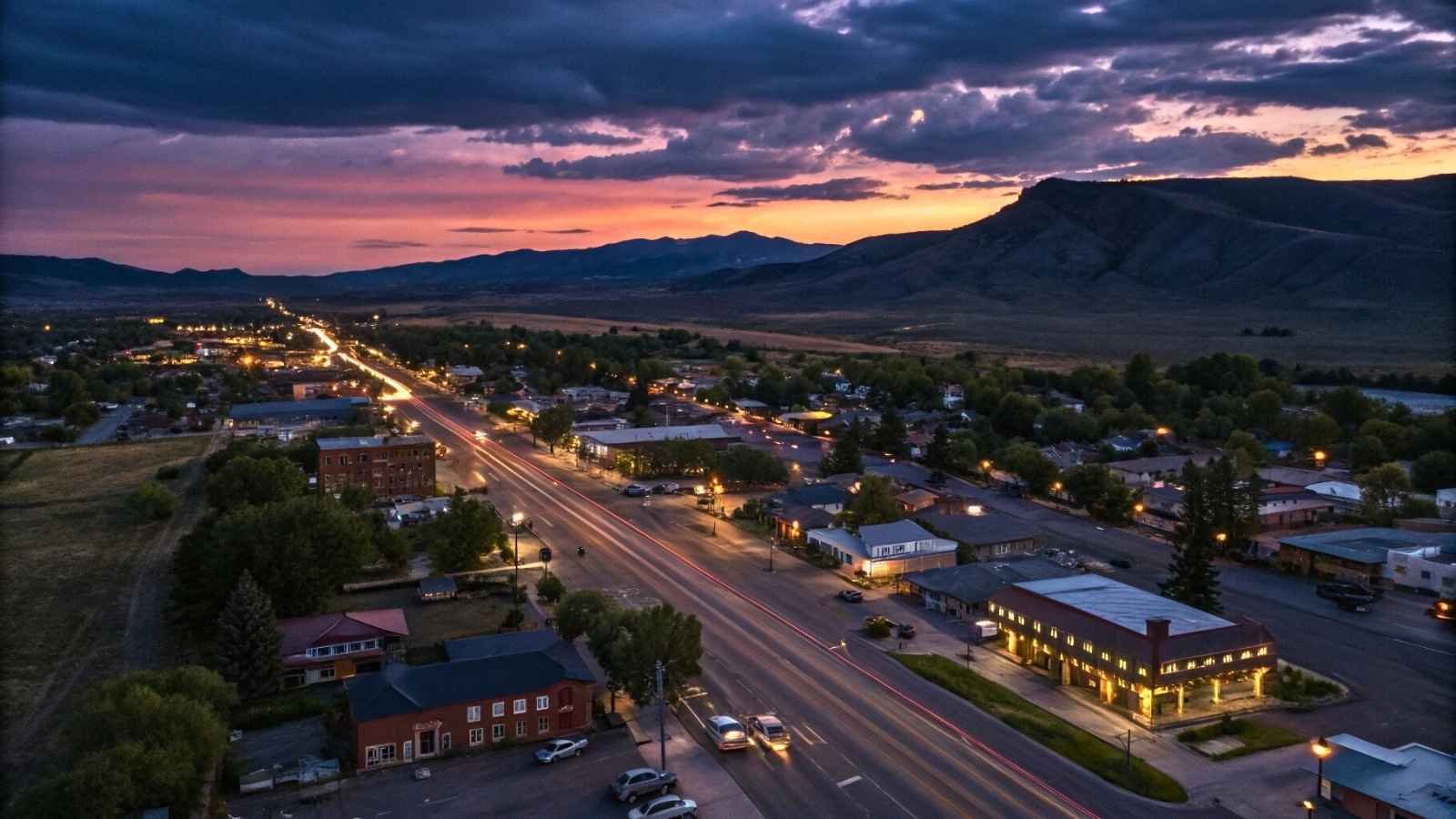
Lander is one of those places that feels more like a basecamp than a town — the kind of place where people go out for a beer, still dusty from the trail. With direct access to the Wind River Mountains, wild granite canyons, and high alpine basins, it’s a haven for serious hikers and climbers alike.
You’re less than 30 minutes from trailheads that lead to glacier-fed lakes, wildflower meadows, and 12,000-foot passes, but even within town, you’ve got Sinks Canyon State Park, where hikes like the Popo Agie Falls Trail give you immediate wild with almost no planning. This is the West in its rawest, most unfiltered form.
Yet rent remains reasonable — $1,000–$1,400/month is the norm for a one-bedroom or small home. And while the town is small, it has a strong outdoor culture, great coffee, and climbing shops that feel more Pacific Northwest than Wyoming frontier.
Other info:
- Best Months to Visit: Late June through September
- Trail Highlights: Popo Agie Falls, Middle Fork Trail, Lizard Head Meadows
- Population: ~7,500
- Elevation: ~5,300 ft
- Vibe: Quiet mountain grit with a crunchy outdoor heartbeat
- Nearby National Lands: Shoshone National Forest, Wind River Range, Sinks Canyon State Park
9. Brevard, North Carolina
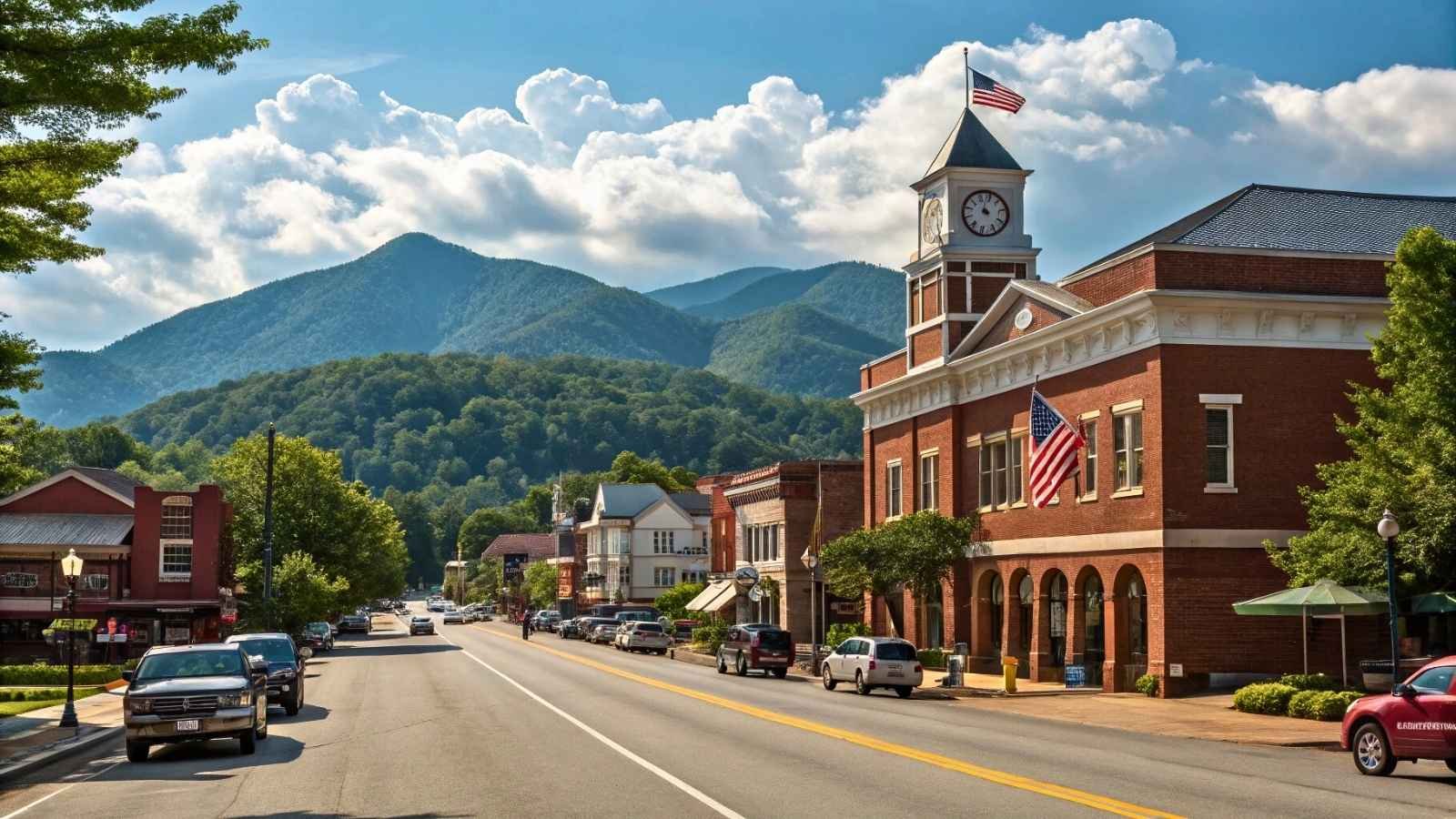
Brevard is waterfall country with a soul. Tucked in the Blue Ridge Mountains, it borders Pisgah National Forest and is known for its dreamy, misty hikes past waterfalls, wild rhododendron tunnels, and fern-filled hollows. It’s Southern Appalachia at its most lush — and ridiculously accessible.
Trails like Looking Glass Rock and John Rock are just minutes away, and you’ve also got the Art Loeb Trail, one of the East’s premier long hikes, skimming along high ridgelines. The hiking feels infinite. Plus, DuPont State Forest, with its cinematic waterfalls and bike trails, is practically in your backyard.
Despite the rising popularity, Brevard still offers rentals around $1,200–$1,400/month if you look a bit beyond the main drag. The town has a lively music and craft beer scene, and the forests here feel alive, damp, green, and humming with life even in the quietest moments.
Other info:
- Best Months to Visit: April–June, late September–early November
- Trail Highlights: Looking Glass Rock, Art Loeb Trail, DuPont Waterfall Loop
- Population: ~7,700
- Elevation: ~2,200 ft
- Vibe: Mountain small town with a bluegrass pulse and rainforest beauty
- Nearby National Lands: Pisgah National Forest, DuPont State Forest, Nantahala National Forest
10. Ely, Minnesota

On the edge of the Boundary Waters Canoe Area Wilderness, Ely offers a different kind of hiking, where the forest feels ancient, the lakes are endless, and moose outnumber people. It’s rugged, remote, and deeply peaceful. Trails here thread through the boreal forest, past granite ridges and bogs, and end at silent lakes you can’t believe are real.
You’ll find trails like the Bass Lake Trail and Trezona Trail just outside of town. For something wilder, the Snowbank Trail takes you deep into the Boundary Waters. Ely’s charm lies in how it blends deep wilderness access with a down-to-earth, self-reliant community.
Rent hovers around $900–$1,300/month, and there’s no hustle here — just clean air, starry nights, and miles of trail without a soul in sight. If you like solitude with your summit views, Ely might just feel like home.
Other info:
- Best Months to Visit: Late May to early October (September for color and fewer bugs)
- Trail Highlights: Bass Lake Trail, Snowbank Trail, Angleworm Trail
- Population: ~3,200
- Elevation: ~1,400 ft
- Vibe: Rustic, peaceful, and wildly independent
- Nearby National Lands: Superior National Forest, Boundary Waters Wilderness






